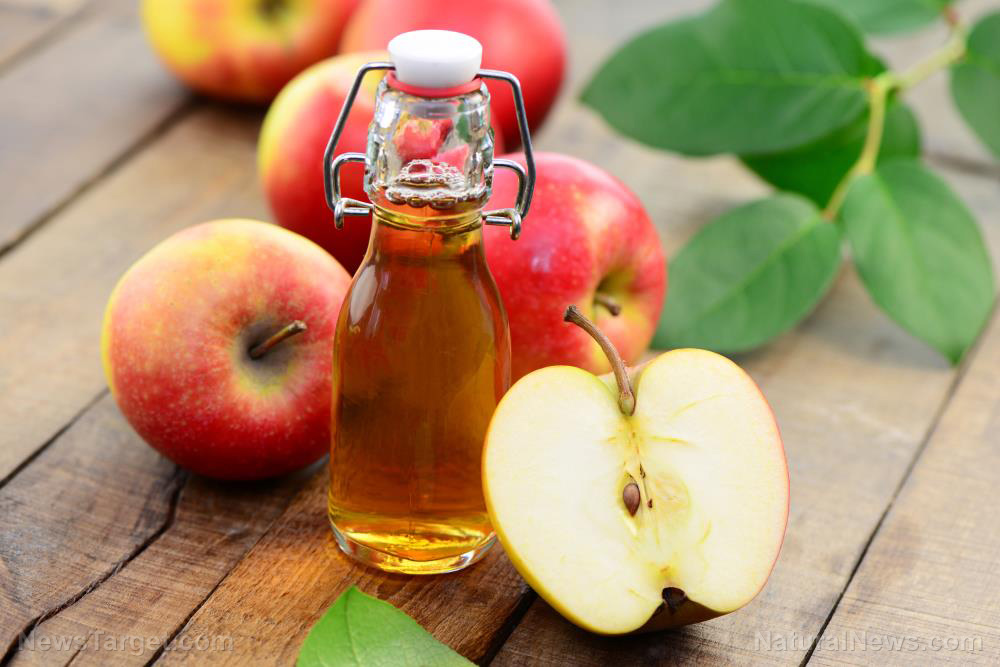Scientists attempt to fight vitamin A deficiency in Africa by developing sweet potato-fortified bread
06/03/2018 / By Edsel Cook

The fertile farmlands of South Dakota do not produce sweet potatoes. But the even more fertile minds at the state’s biggest university are producing a sweet potato-fortified bread that can fight vitamin A deficiency in Africa, a NewsWise article states.
Daniel Mbogo has come all the way from the International Potato Center (CIP) on the other side of the world. The Kenyan researcher is working with an American assistant professor in South Dakota State University (SDState).
Srinivas Janaswamy has been researching micronutrients and starch digestion at SDState’s Department of Dairy and Food Science. He and Mbogo are coming up with bread formulas that add sweet potatoes rich in beta-carotene, which the human body turns into vitamin A.
Mbogo explains that many people in sub-Sahara Africa suffer from vitamin A deficiency. Nearly half of the children in the region, those between six and 59 months of age, do not get enough amounts of the vitamin.
A severe lack of vitamin A causes preventable blindness in children. It also makes them more vulnerable to diarrhea and other prevalent sicknesses. (Related: Vitamin A deficiency causes significant harm to blood stem cells… nutrients once again found crucial for prevention of disease.)
Beta carotene-rich sweet potato variety is used to fortify breads
Sweet potatoes are one of the most important sources of food in Africa. However, most of them are the varieties that have white or yellow flesh. These sweet potatoes contain low levels of beta-carotene.
The CIP has bred several varieties of sweet potato whose orange-colored flesh is rich in beta-carotene. These crops can grow better in African soil and are better for local palates in terms of taste and nutrients.
Mother Nature's micronutrient secret: Organic Broccoli Sprout Capsules now available, delivering 280mg of high-density nutrition, including the extraordinary "sulforaphane" and "glucosinolate" nutrients found only in cruciferous healing foods. Every lot laboratory tested. See availability here.
Mbogo normally works at the CIP’s food and nutritional evaluation lab in Kenya. His job is to help partners from the private sector come up with sweet potato-fortified bread that can be provided to African consumers.
In order to better evaluate the digestibility of the starch in the bread, as well as to accurately measure its potential nutrients, Mbogo flew to Brookings, South Dakota. He says SDState can provide him with the kind of training and equipment he needs that isn’t available in his Kenyan laboratory. Working alongside Janaswamy, Mbogo added different levels of pureed sweet potato to the bread dough. He took care to strike a balance between nutritional value and the qualities people want in a loaf of bread. Once he deemed the dough was ready, he used a bread machine to cook the loaves. Mbogo then graded the bread according to its sensory attributes, texture, and volume. He also got feedback from a panel of taste testers.
Bread with slow digestibility can help diabetics manage blood sugar
After inspecting its physical characteristics, Mbogo evaluated the addition of sweet potato puree altered the digestibility of the bread. Janaswamy expected the sweet potato-fortified bread would need more time to be digested. Interestingly, this is not a bad characteristic to possess. Foods with longer digestion times are a great way for diabetics to manage their blood sugar levels.
The next step for Mbogo and Janaswamy was to find out how much of the beta carotene in the bread was absorbed by the human body. They simulated the oral, gastric, and intestinal phases of digestion to see just how much of the nutrient was freed from the bread and became available for absorption. The amount of beta carotene absorbed by the intestinal cells will determine how much vitamin A is synthesized by the body. The researchers can figure out the amount of nutrition in a serving of sweet potato-fortified bread.
Learn more about the vital vitamins used to fortify foods at Nutrients.news.
Sources include:
Tagged Under: Africa, beta carotene, food science, food technology, fortified bread, fortified food, fortified foods, good food, Good food news, Good science, micronutrients, nutrients, nutrition, sweet potato, sweet potatoes, vitamin A




















